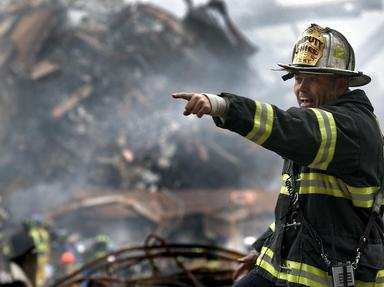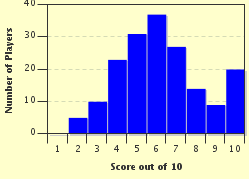Quiz Answer Key and Fun Facts
1. There have been several recorded plague pandemics. The one arriving in Europe from China in 1346 is possibly the best known and is commonly referred to as the Black Death. How was the disease generally spread?
2. The Krakatoa eruption of 1883 is said have created the loudest noise in modern times, being heard over 4,800 kilometers away. Over 36,000 people died as a result of the eruption. What caused the highest loss of life?
3. The biblical Book of Exodus lists ten plagues suffered by Egypt before the Pharaoh released the Israelites from slavery. Which one of the plagues revisited Egypt in 2004?
4. The Great Plague of London started in 1665 and ended up killing around 100,000 people or 20 per cent of the city's population. What is believed to have brought it to an end?
5. The largest earthquake in Europe during the past 300 years, the Great Lisbon Earthquake of 1755, had a significant impact on Europe. The earthquake was followed by tsunami waves and a fire, which together destroyed 85% of Lisbon's buildings and resulted in significant loss of life in Portugal, Spain and North Africa. Which of the following is said to have had its beginnings with this event?
6. Cholera is a water-borne disease probably originating in the Indian subcontinent. It has killed millions during its various pandemics since the first in 1817. Which former US President died of cholera in 1849?
7. Which country was struck by Cyclone Bhola, the world's deadliest recorded cyclone?
8. The 1918 influenza pandemic towards the end of the First World War killed around 75 million of the 500 million infected by it. Why is it nicknamed the "Spanish Flu"?
9. By the late 18th century, around 400,000 people a year were dying in Europe from smallpox. It was considered eradicated in 1979 after a global vaccination programme. Who first described the vaccination process?
10. The highest recorded megatsunami occurred in Lituya Bay in 1958. It reached 524 metres on the opposite side of the Bay. Where is Lituya Bay?
Source: Author
suomy
This quiz was reviewed by FunTrivia editor
bloomsby before going online.
Any errors found in FunTrivia content are routinely corrected through our feedback system.


